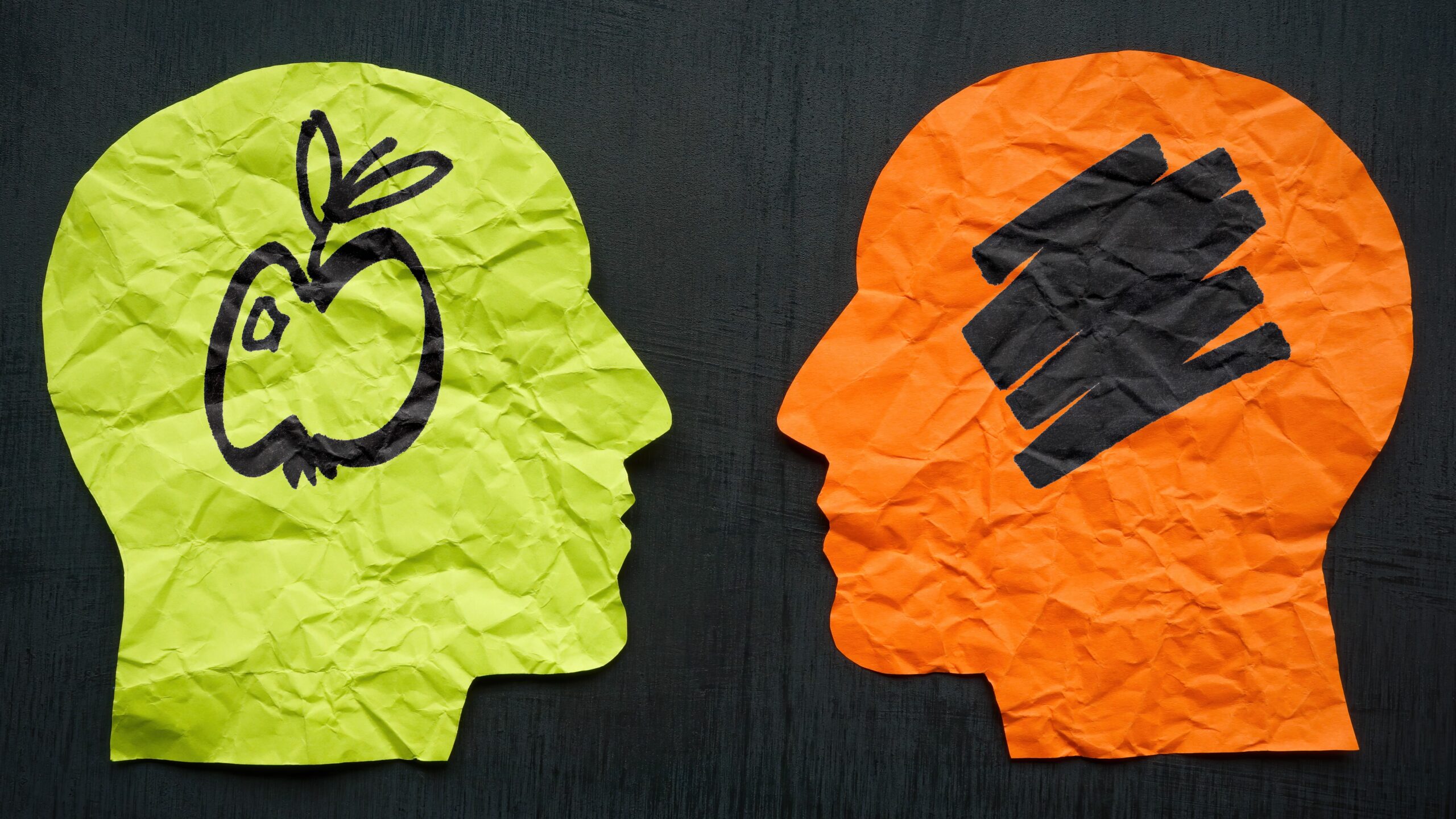Top Stories
Understanding Aphantasia: The Hidden World of Mental Imagery

Aphantasia, a condition characterized by the inability to visualize mental images, affects approximately 1% of the population. Unlike most individuals who can conjure mental pictures when recalling events or items, those with aphantasia experience this ability as a theoretical concept. For instance, when asked to remember their breakfast, people without aphantasia may visualize their meal, while those with the condition cannot form such images.
This phenomenon gained recognition in the mid-2000s, following the publication of a pivotal article in a neuroscience journal. The piece prompted many to realize they, too, experienced aphantasia. The condition is not classified as a disorder; instead, it represents one end of a spectrum that ranges from a complete inability to visualize—aphantasia—to a heightened ability known as hyperphantasia, where mental images are exceptionally vivid and detailed.
Exploring the Spectrum of Mental Imagery
Aphantasia can manifest in various ways. Some individuals develop the condition after sustaining a head injury or suffering brain damage. Others are born with it and may have never understood terms like “mental pictures” as anything more than a metaphor for thought processes. The spectrum also includes hyperphantasia, where individuals can create such clear mental images that they struggle to differentiate them from reality.
Research indicates that individuals with aphantasia are often over-represented in careers related to mathematics and information technology. They also tend to have poorer autobiographical memory and may struggle with recognizing faces, a phenomenon that overlaps with prosopagnosia, the inability to recognize familiar faces. Interestingly, there is a higher occurrence of aphantasia among individuals with autism.
Conversely, those with hyperphantasia often have exceptional autobiographical memory and are frequently found in creative fields such as art. This divergence in mental imagery capabilities raises intriguing questions about cognitive processing and memory retention.
Dreams and Cognitive Processing
Despite their challenges with visualization while awake, individuals with aphantasia often report experiencing visual imagery in their dreams. This suggests that the brain may operate differently in various states of consciousness, revealing more about the complexities of mental imagery.
While some studies indicate that the wiring of the brain might differ at either end of the mental imagery spectrum, conclusive evidence remains elusive. There is a suggestion that most children possess strong mental imagery abilities, which may diminish as they grow older. This process, described as “pruning,” involves the brain eliminating connections that are deemed unnecessary.
The exploration of aphantasia and its implications continues to evolve, providing valuable insights into how individuals perceive and interact with their thoughts and memories. As awareness of this condition grows, it highlights the diverse ways in which human cognition can manifest.
-

 World3 months ago
World3 months agoTest Your Knowledge: Take the Herald’s Afternoon Quiz Today
-

 Sports3 months ago
Sports3 months agoPM Faces Backlash from Fans During Netball Trophy Ceremony
-

 Lifestyle3 months ago
Lifestyle3 months agoDunedin Designers Win Top Award at Hokonui Fashion Event
-

 Sports3 months ago
Sports3 months agoLiam Lawson Launches New Era for Racing Bulls with Strong Start
-

 Lifestyle3 months ago
Lifestyle3 months agoDisney Fan Reveals Dress Code Tips for Park Visitors
-

 World4 months ago
World4 months agoCoalition Forms to Preserve Māori Wards in Hawke’s Bay
-

 Health3 months ago
Health3 months agoWalking Faster Offers Major Health Benefits for Older Adults
-

 Politics3 months ago
Politics3 months agoScots Rally with Humor and Music to Protest Trump’s Visit
-

 Top Stories4 months ago
Top Stories4 months agoUK and India Finalize Trade Deal to Boost Economic Ties
-

 Entertainment3 months ago
Entertainment3 months agoExperience the Excitement of ‘Chief of War’ in Oʻahu
-

 World4 months ago
World4 months agoHuntly Begins Water Pipe Flushing to Resolve Brown Water Issue
-

 Science4 months ago
Science4 months agoNew Interactive Map Reveals Wairarapa Valley’s Geological Secrets









